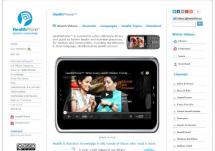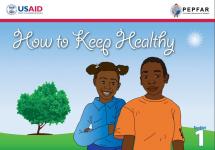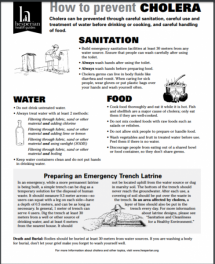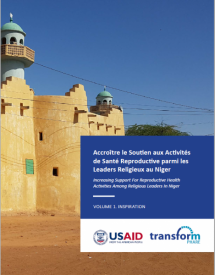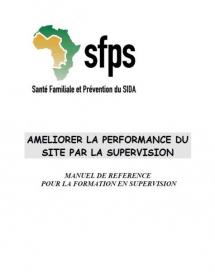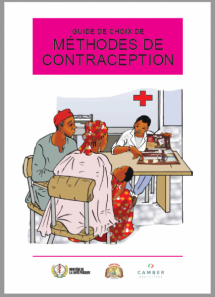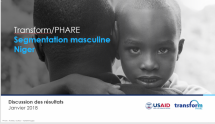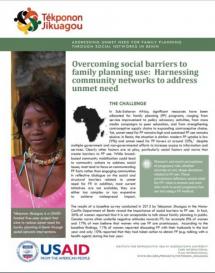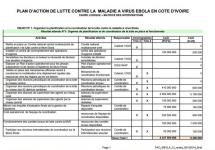Health Phone [Videos, Website]
HealthPhone™ is a personal video reference library and guide to better health and nutrition practices, for families and communities, including the illiterate, in their language, distributed on mobile phones.
HealthPhone™ provides families with their own personal reference library and guide to better health practices. Available in real time, right to those who need it, when they need it and when a health problem is about to strike, where they are, and as they are.
There is no signal or connection required. HealthPhone’s™ over 1,400 health and nutrition videos are available on the following topics:
- Timing of Pregnancy
- Births
- Safe Motherhood and Newborn Health
- Child Development and Early Learning
- Breastfeeding
- Nutrition and Growth, Immunization
- Diarrhea
- Coughs, Colds and More Serious Illnesses
- Hygiene
- Malaria
- HIV
- Child Protection
- Injury Prevention
- Emergencies: preparedness and response
This knowledge, in 61 languages, is pre-loaded on microSD chips for popular low-cost models of mobile phones – no signal is required, nor cost to download videos and other media. Users choose what they want to watch and listen to and when, wherever they happen to be.
Source: HealthPhone
Date of Publication: March 25, 2019
SIMILIAR RESOURCES
Tools
Examples
- Social Media Rumour Bulletin
- COVID-Ready Communication Playbook for Health Professionals
- Helping Health Workers Learn
- Community Leadership Development Program (Community LDP)
- Coronavirus — COVID-19 Factsheet
- Not Just Hotlines and Mobile Phones: GBV Service Provision during COVID-19
- Noora Health COVID-19 Resources
- Translators without Borders Glossary for COVID-19
- ITN Access Indicator Snapshot
- What is Social and Behavior Change Communication?

